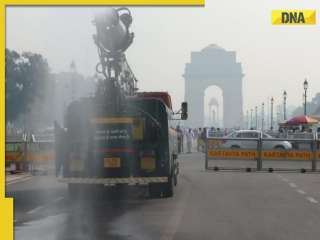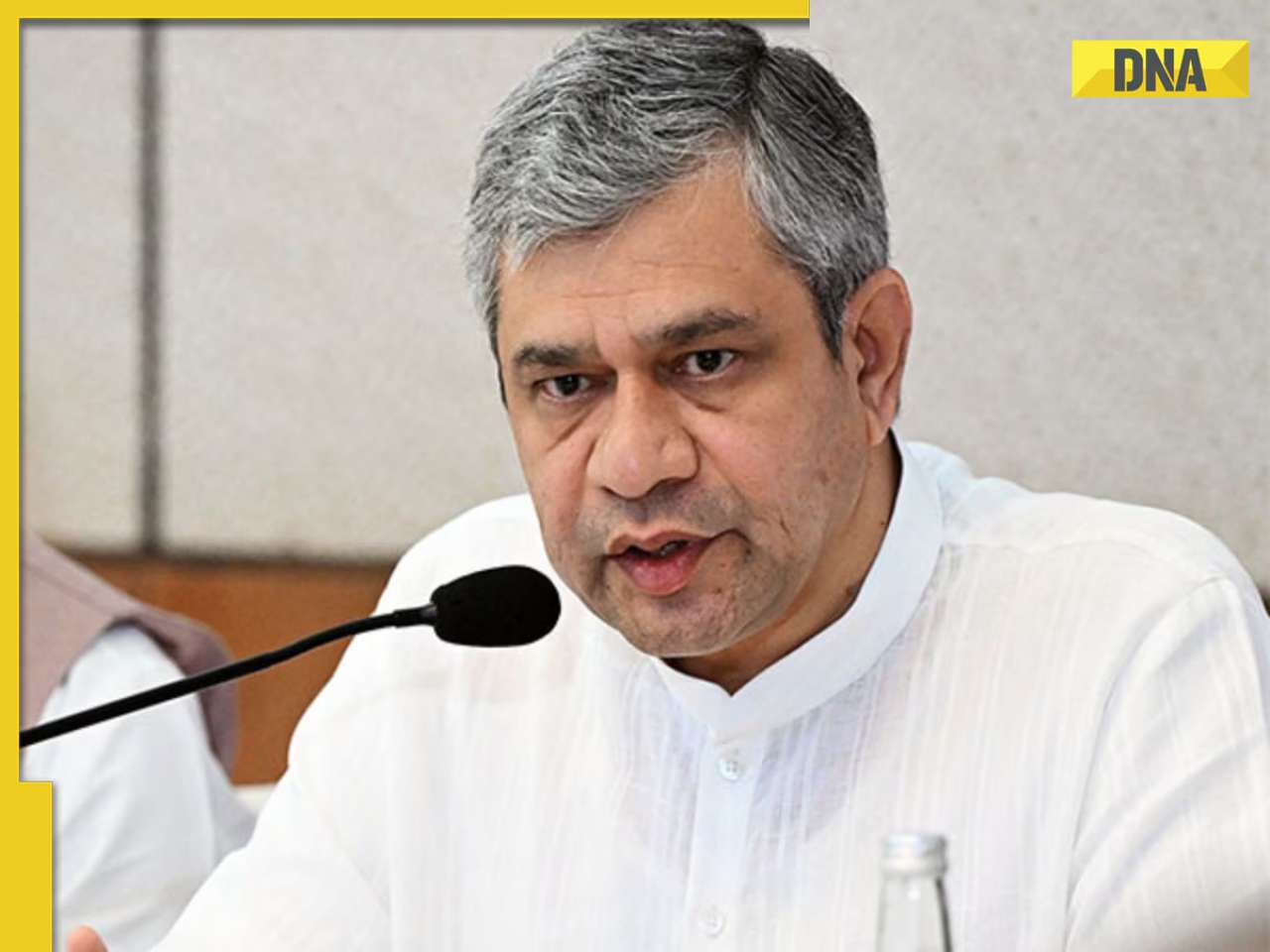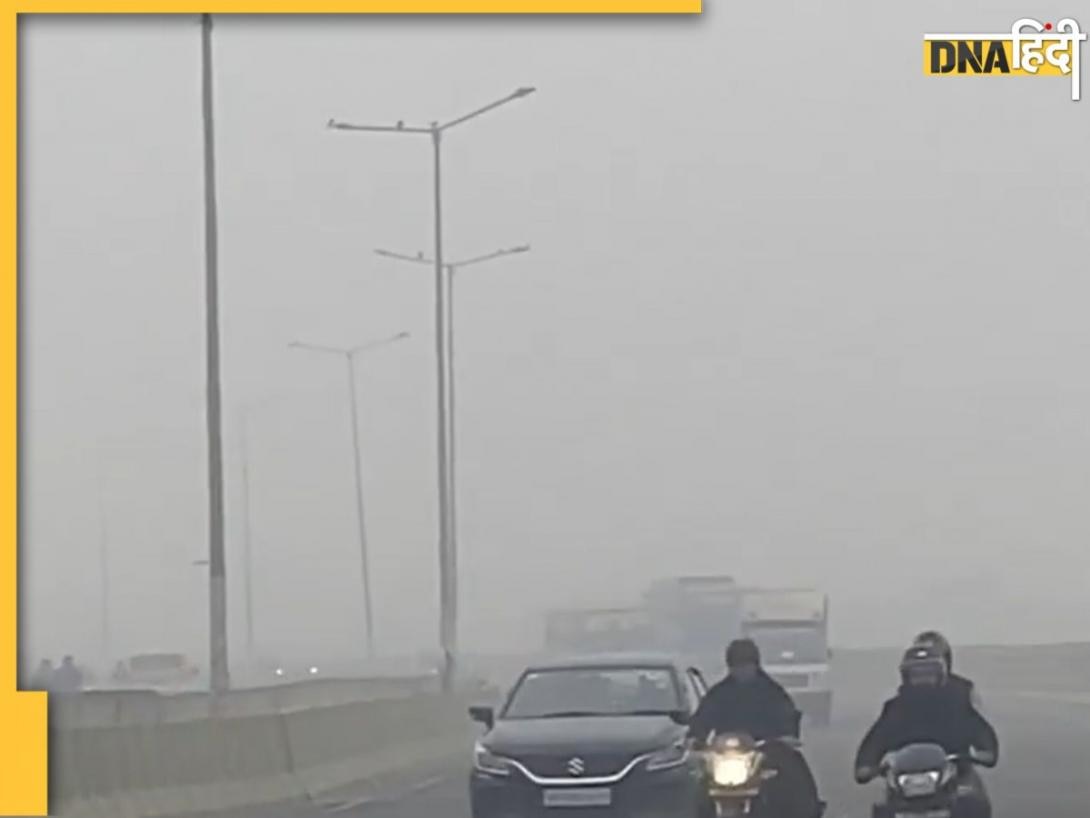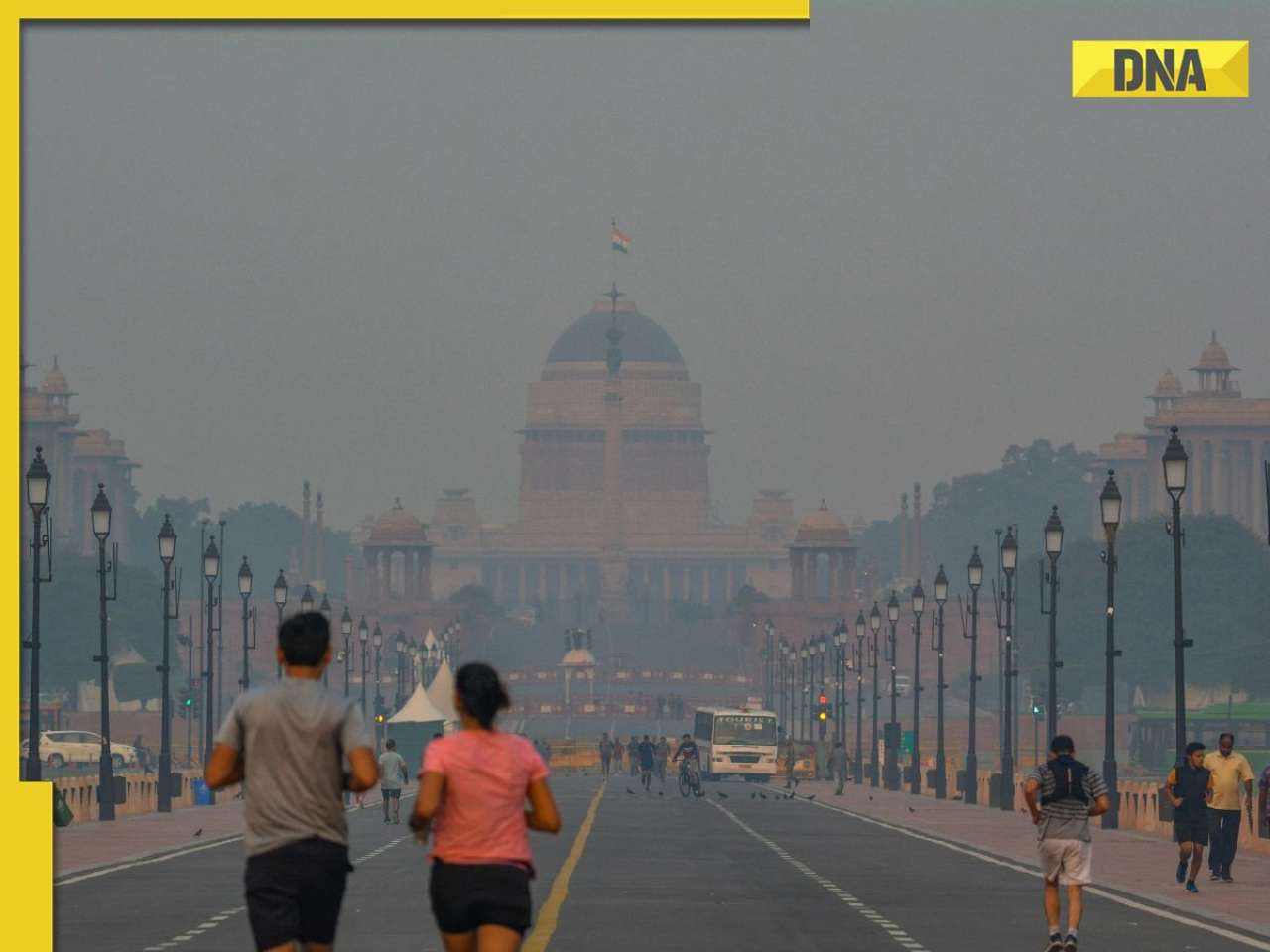- LATEST
- WEBSTORY
- TRENDING
INDIA
Feeling the heat? Blame pollution
Blame rising levels of pollution in the state for the recent increase in heat wave conditions, which have already hit the state thrice in the first half of this summer.
TRENDING NOW
Blame rising levels of pollution in the state for the recent increase in heat wave conditions, which have already hit the state thrice in the first half of this summer.
According to a recent report on pollution, Gujarat - the second most polluted state in India after Uttar Pradesh - has nine places including Ankleshwar, Vapi, Vatva, Ahmedabad, Bhavnagar, Junagadh, Vadodara, Rajkot and Surat which figure in the "severe level of pollution" areas.
And climatologists say that the rising level of pollution is becoming one of the key factors that affects climate variability and occurrence of extreme weather conditions like heat waves and heavy rainfall, in Gujarat. Rising temperature in the state is one of the major concerns that Gujarat is facing right now, data collected by the city's India Meteorological Department (IMD) shows.
Meteorological records compiled over the past 40 years by IMD notes that the majority of the trends which include increase in frequency of heat wave conditions, both seasonal and annual, showed increasing levels in temperature.
The results of an in-depth-study conducted by IMD reveal that Gujarat showed a significant increase in minimum temperature during winter and annual mean temperature of Gujarat as a whole has also increased.
The IMD had gridded data of minimum temperatures over entire Gujarat during the period 1969 to 2005 and the results show an increasing trend of normal temperatures increasing by 0.107 degree Celsius during the past 40 years.
North and south Gujarat were analysed separately and in general the rise in temperature was found to be highest in Saurashtra and Kutch, as compared to the north. And this conclusion becomes clear when the recent report of the most polluted spots shows that nine regions in Gujarat have reached a critical level of pollution.
"Pollutionis certainly affecting and supporting rising temperature," confirms Dr. Kamaljit Ray, director of IMD, Ahmedabad. "Pollution certainly can be one of the prime factors for this temperature increase. Due to pollution, there are more gases in the air which trap more heat and the greenhouse affect keeps multiplying," adds Ray.
IMD's research notes that while frequency of heat waves conditions is on the increase, cold wave conditions have decreased drastically over the past decades.








)
)
)
)
)
)
)
)
)
)
)
)
)
)
)




























































